from Labo.
2023.08.31
E-cat kit development story -The future of the field pioneered by electrification
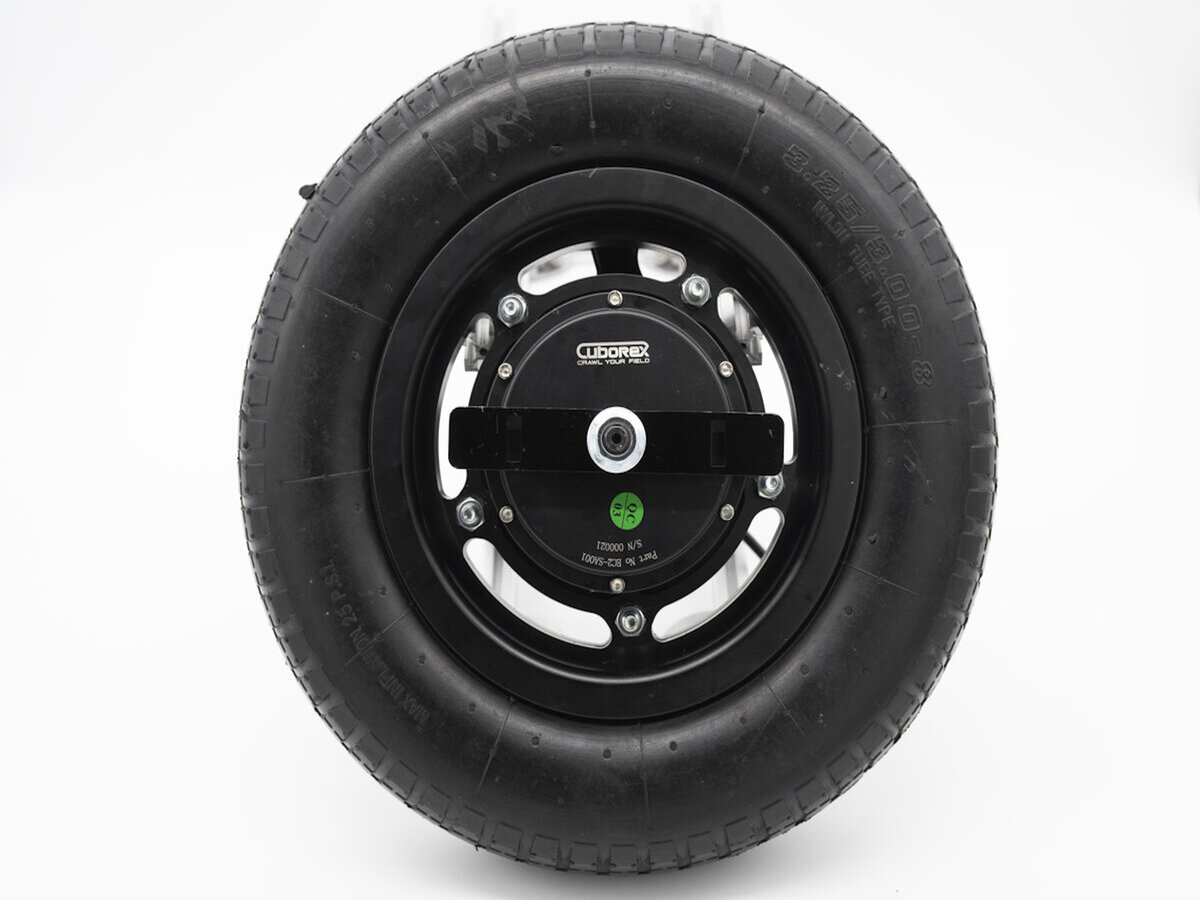
Unicycle (Nekoguruma) Electric Conversion Kit - E-cat Kit
E-cat kit is a retrofit electric conversion kit designed to transform existing manual one-wheeled carts (Nekoguruma) into electric-powered versions.
This kit allows farmers and construction sites to easily upgrade their traditional carts by replacing the wheels, thus converting them into efficient "electric unicycles" capable of transporting heavy loads effortlessly. It's an aftermarket power-integrated tire kit that brings a new level of functionality to these carts.
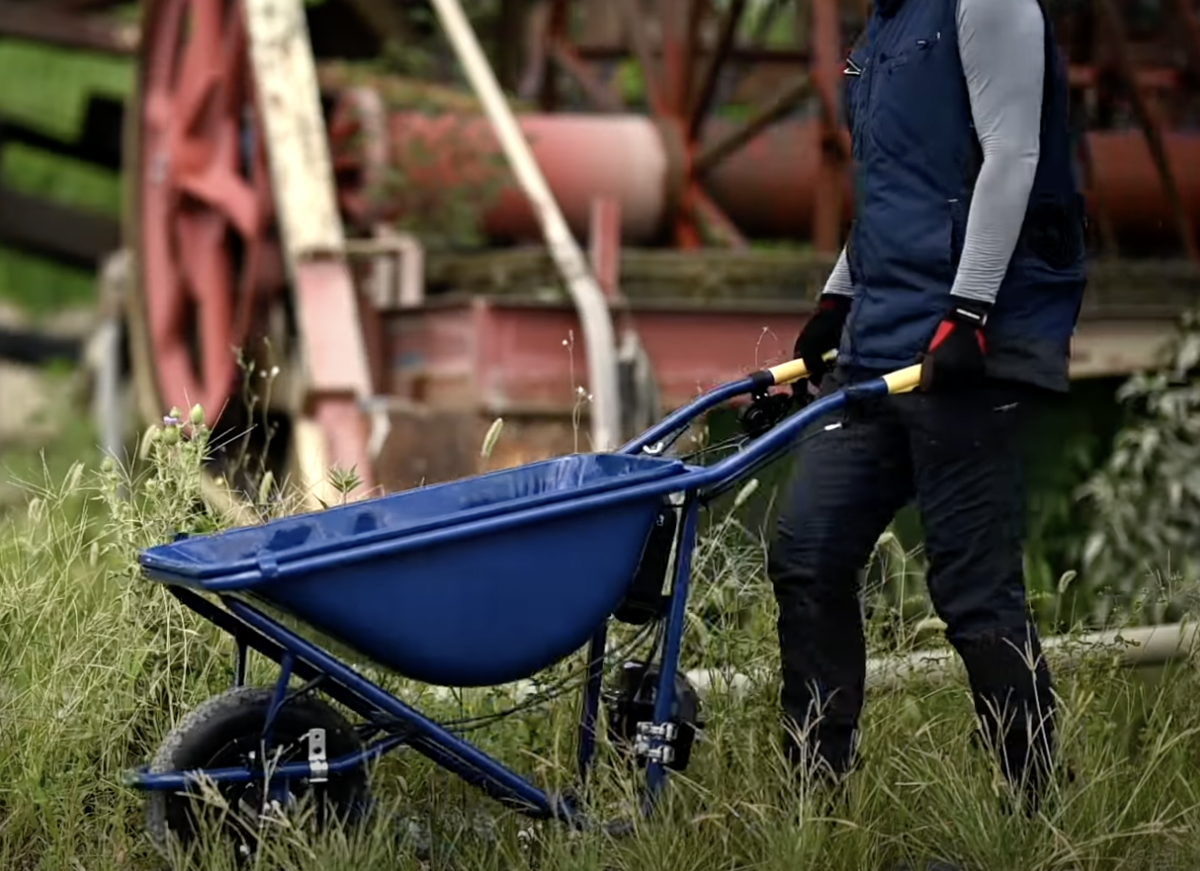
Although they are commonly referred to as 'one-wheeled carts,' there are hundreds of variations tailored to different regions and industries. Every single one of them can be transformed into an electric-powered version.
The company's mission is to 'mitigate the challenges of demanding tasks through robotics.' E-cat kit is a product that precisely addresses the demanding task of transportation on site, fulfilling this mission.
From various industries, reactions like 'No one had thought of this idea before,' 'It's intriguing and definitely practical,' and 'Once you use it, you can't let go of it' have been pouring in. How was this product, which has been receiving such positive feedback, born?
Looking back, the CEO of CuboRex, who is also the inventor, reflects on the background.

The idea was born out of a dislike for walking.
I simply hated walking. During my three years of high school in Okinawa, I mainly relied on a bicycle for transportation, but I couldn't bear the heat during my daily commute. Wondering if there was a more convenient and easier way to travel, I came up with the idea of an electric bike.
From a young age, I had a fondness for 'creating something on my own,' and while browsing the internet for information, I stumbled upon the fact that 'you can build your own electric bike.' Once I realized I could do it myself, I couldn't resist the urge to give it a try.
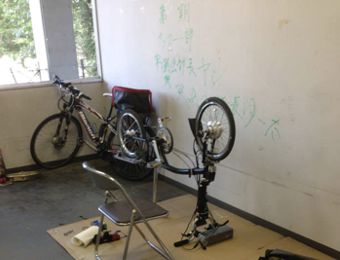
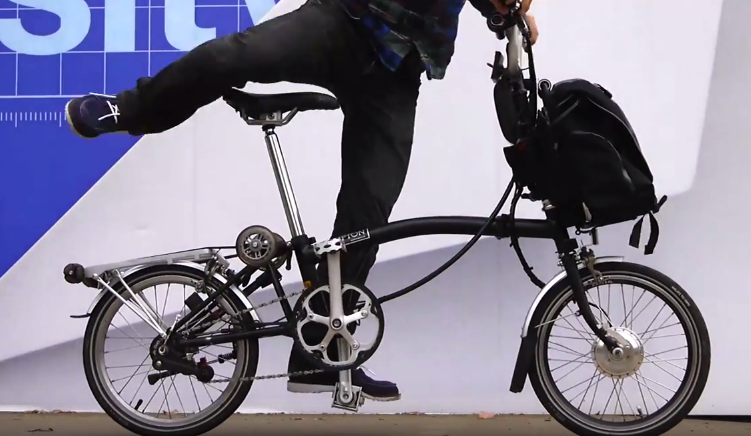
Back then, my busy schedule for entrance exam studies didn't allow me to complete the project, but this laid the foundation for my future product development.
Later on, when I moved to Tokyo for university, I was looking forward to the convenience of using trains compared to Okinawa. However, the reality was quite different. The distances from stations to destinations, be it school or home, were quite long on foot. It was hot, and I would often break into a sweat. I came to realize that the train life wasn't as convenient as I had hoped.
I still desired a mode of transportation, and something significantly more comfortable. The disappointment from this kind of train life, coupled with the end of my university entrance exam preparations, reignited my passion for product development. I started prototyping an electric bike by combining a folding bicycle, a motor, and a battery in Tokyo. The concept was to create a foldable electric bike that could be used in conjunction with train travel.
During the prototyping process, I recognized the convenience and saw the potential for business. I even participated in a business contest organized by the Tokyo Metropolitan Government. Eventually, I secured the second place among 350 participants.。
However, the more I considered turning it into a business, the more I realized the challenges of the mobility industry, such as regulatory issues and the high hurdles to establish a solid business model. This led to a change in direction.
Nevertheless, I still sensed there was new potential centered around electrification technology. It's a simple analogy, but adding a motor and a battery to a bicycle turns it into an electric bike.
In the same way, I wanted to create something that could benefit people by upgrading existing products with motors and batteries. Even though there were difficulties, this core idea kept driving me forward.
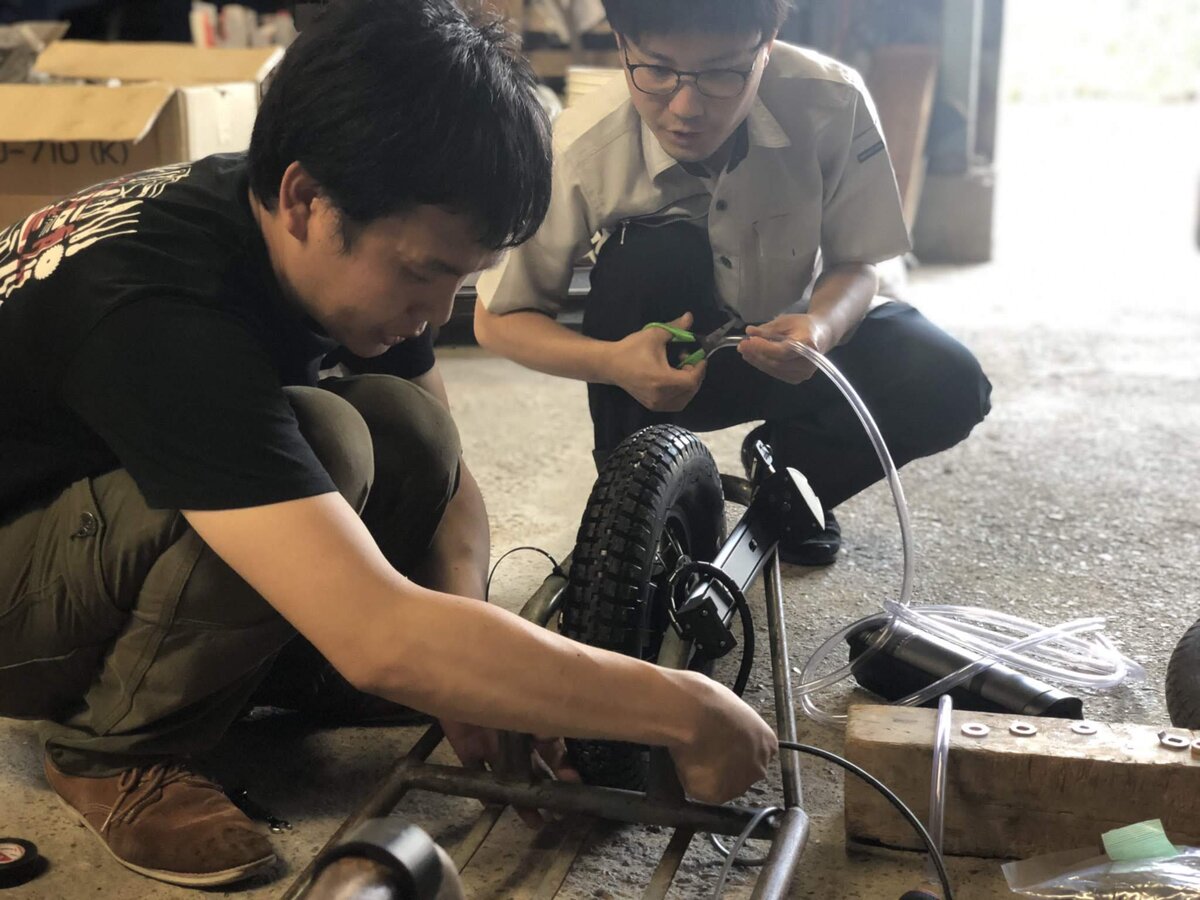
The motivation to electrify the unicycle
Through discussions with various people and personal research, various ideas such as 'dolly', 'unicycle', 'mountain bike', and more emerged.
Among them, what I found promising about the unicycle was that unlike other vehicles, it could be completed with just one tire replacement in its simplest configuration. 'It seems doable for me to make, marketable, and likely to be appreciated by workers in the field.' This was the reason I chose the unicycle.
From there, while conducting market research by contacting various unicycle manufacturers, I also started prototyping. During this time, the concept of 'Nekonoshippo' was born, which involved attaching a rideable dolly to the electrified frame of the unicycle, turning it into a mobility solution. (Now discontinued)
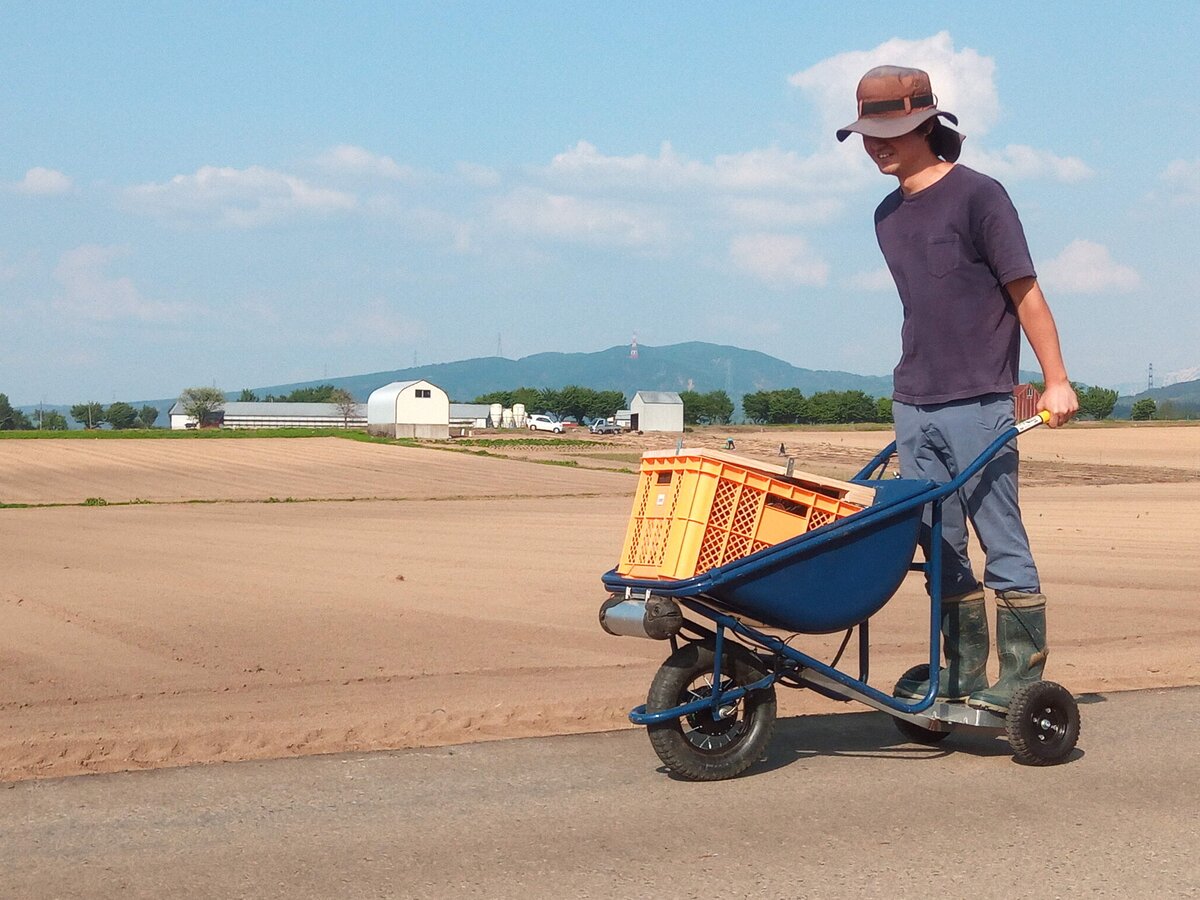
The idea behind 'Nekonoshippo' originated from the desire to add a playful element alongside practicality.
With no prior knowledge of electronics or hardware, I embarked on a journey of trial and error, combining components while researching step by step, to develop the product.
Amidst a stack of challenges...
The desired size of components wasn't available off the shelf. Finding a perfect fit was nearly impossible, and there wasn't enough funding to create custom molds. We had to get creative with the installation using existing resources.
Even though it was just a matter of combining components, the challenges were piling up.

At that time, each motor-integrated wheel was manually assembled, taking about 1 hour to complete one unit. I invested around 700,000 yen from my savings, which wiped out my living expenses. With the assistance of a local workshop supporting the contest, we managed to finish the first prototype.
It was a series of trial and error, but I vividly remember the day when the electrified unicycle moved for the first time. The joy was unforgettable.
As a result, we secured the second place in the business contest. The prize money of 500,000 yen helped recover some of the development costs, which was a genuinely rewarding outcome.
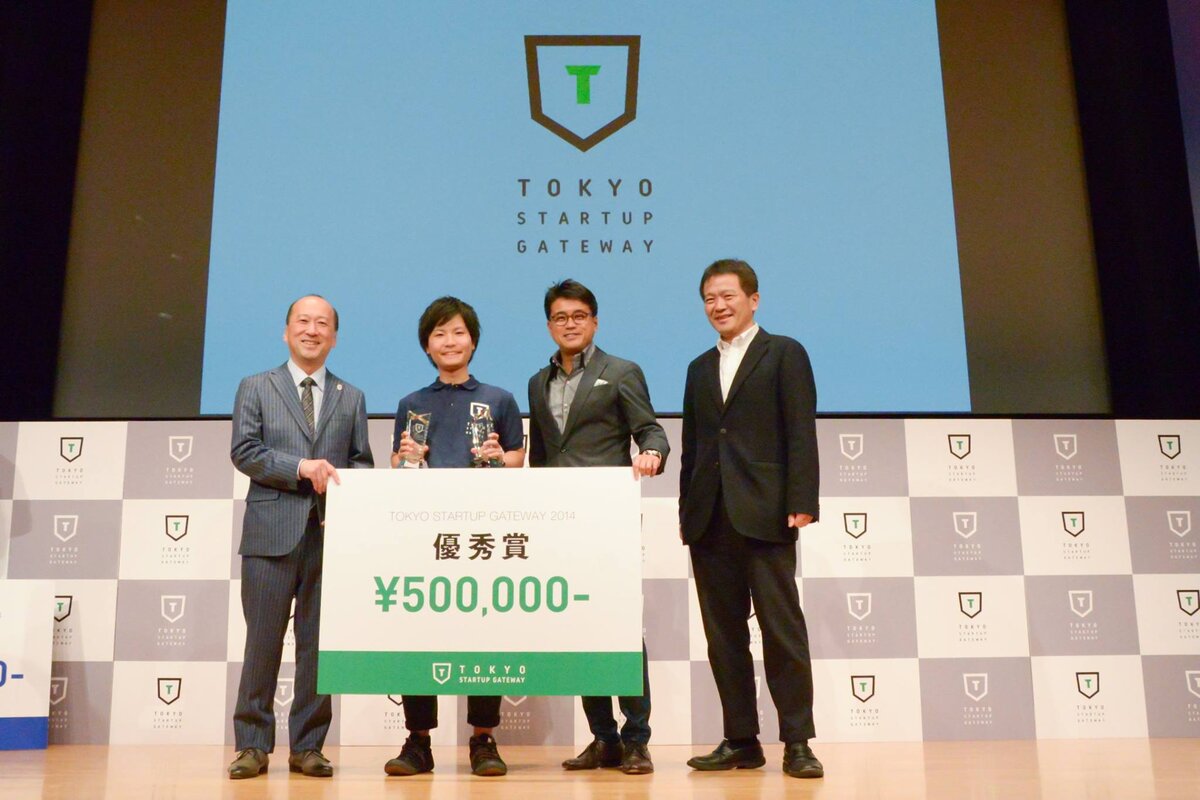
After that, when we posted information about the E-cat kit online, we received inquiries from construction companies and infrastructure management firms. Although the sales were modest, there was interest.
It was a moment of realization that there was a certain number of people seeking electric unicycles, and by consistently sharing information, they could discover us. In the end, we managed to sell only two units of the prototype model.
First Success: Persistent Sales Efforts and Local Community Acceptance
The increasing demand and a growing sense of success were evident, but I didn't know how to expand sales channels, and the sales approach was unclear. Moreover, the product's completeness was still a work in progress.
Several years later, I joined forces with Terashima, a founder I had a close relationship with, and embarked on the second founding of CuboRex.
(Reference: CuboRex's history and what's next: https://cuborex.com/news/?id=19)
With Terashima's devised crawler unit and my own E-cat kit as the main products, we restarted the company as a fresh start.
For E-cat kit, we started building sales records steadily targeting first the mandarin orange farmers in Wakayama, where Terashima and I had deep connections.
Initially making and selling them manually, we sold more than 10 sets in the initial batch. The fact that I was accepted by the local farmers as a young person from the community, along with Terashima's rapport, played a pivotal role in the positive reception.
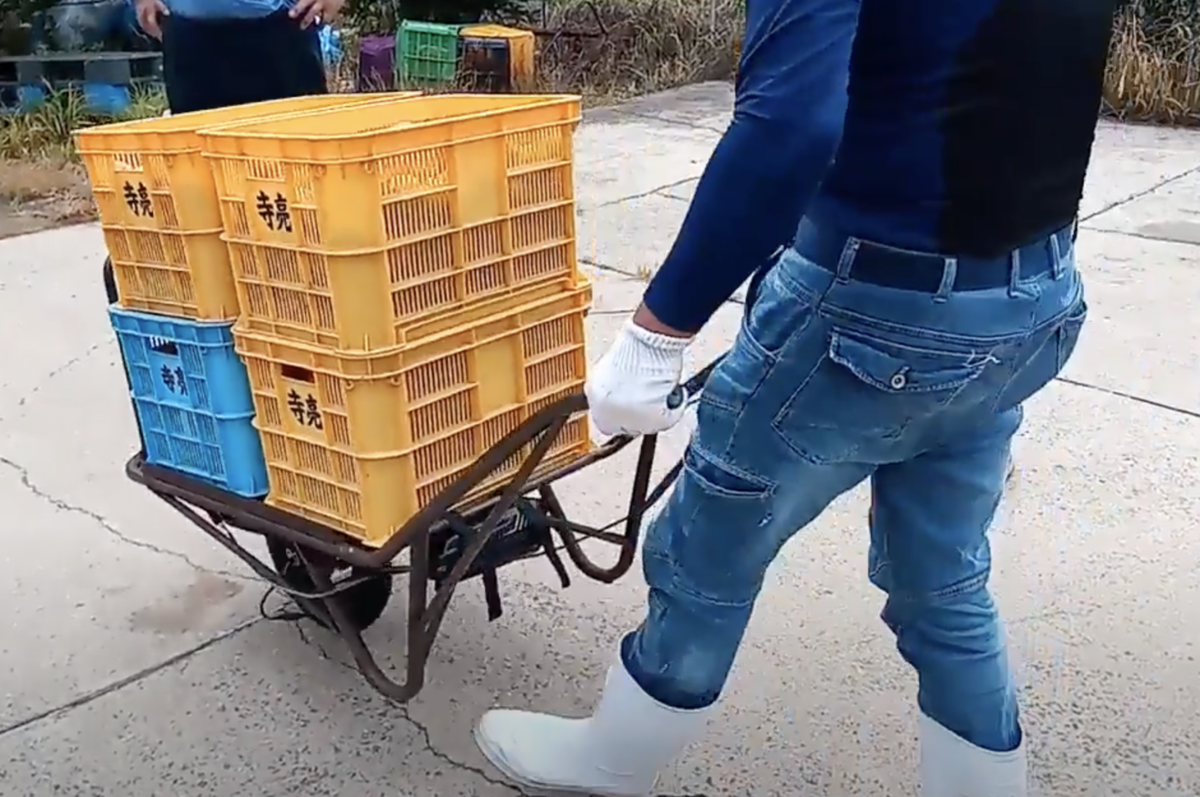
The turning point was the handling of the product by JA and its nationwide expansion. The Next Step
As word of mouth spread among users and JA started carrying our product, E-cat kit began to reach farms all over the country. From there, inquiries poured in through our company website and media exposure, gradually expanding our user base to various regions in Japan, primarily among farmers.
We restructured our production process for mass production and meticulously reevaluated each component from the first prototype onward, gradually incorporating updates and improvements.
The once labor-intensive task of manually moving harvests and materials, which used to be synonymous with strenuous work, was transformed by the power of electricity. The act of 'transporting' took on a new meaning as it became effortless, almost like magic. Once users experienced the ease and efficiency of our product, there was no turning back to manual labor. Such heartening responses became increasingly common.
The journey of E-cat kit marked a transition from a personal project to a solution that genuinely addressed a real need in the agricultural sector. Our vision of making work easier and more efficient through robotics was becoming a reality, and we were inspired to continue refining our products and exploring new horizons.
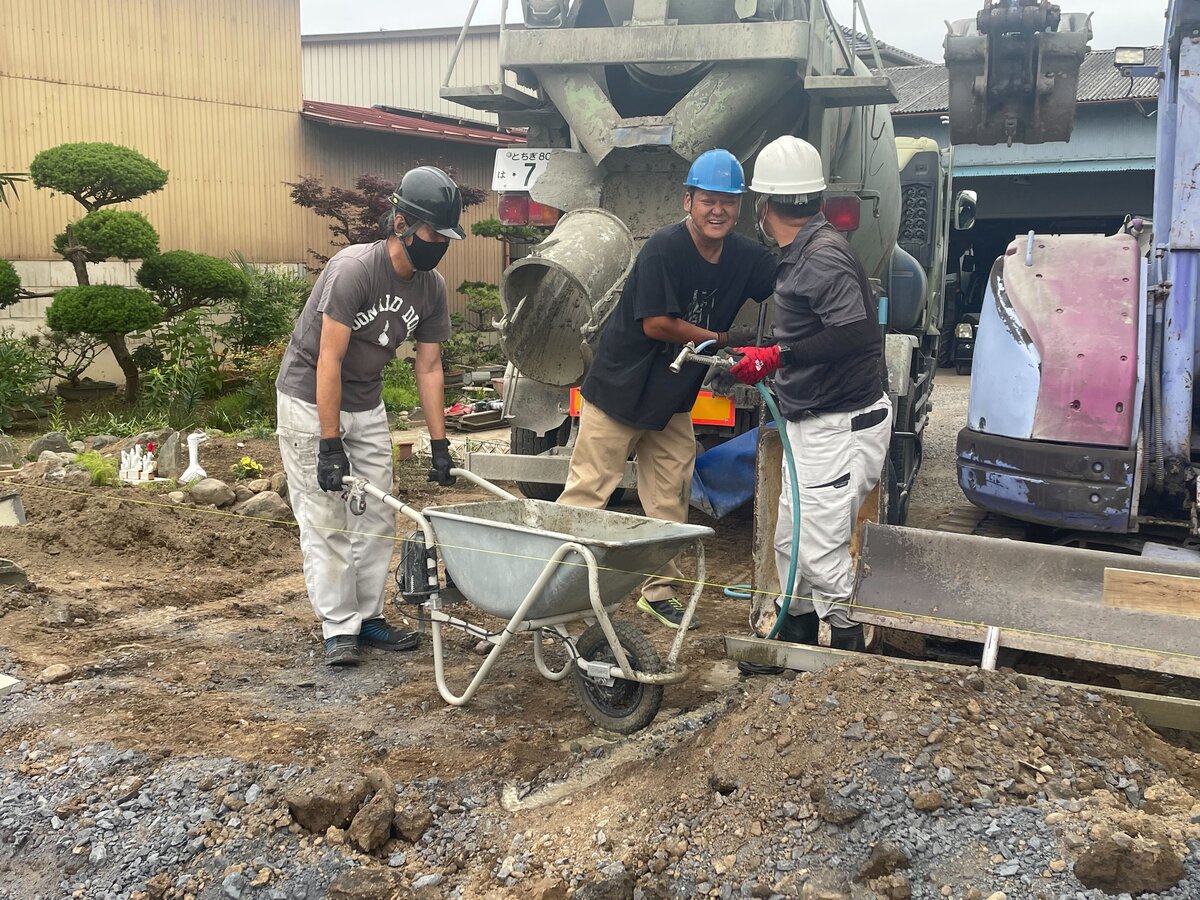
As our user base steadily grew, we began to identify shortcomings in our product. The outdoor conditions of various job sites vary greatly, and it was challenging for our current model to meet all those diverse needs.
The concept of the next evolution was already taking shape in our minds at an early stage. We realized that in order to truly address the broad spectrum of requirements and challenges posed by outdoor environments, we needed to innovate further.
Trials and growing pains associated with successor development
The demand for upgrades was noticeable both from users and internally. However, limited resources prevented us from fulfilling those wishes at the time.
In 2022, with an expanded technical team, we finally began developing the successor to the E-cat kit.
Developing the latest model brought challenges. Our previous approach had been fast-paced and somewhat unstructured, which had worked for us to some extent. However, as the project grew, we realized the need for a more structured approach. This presented challenges but also pushed us to grow as a company.

However, even though things seemed smooth, delays emerged in each step of the process from designing to manufacturing the components. Some parts had to be started from scratch, and numerous issues arose just before the planned release date.
This time, the situation was serious, prompting extensive discussions and revisions across the entire company.

I keenly realized the immaturity of our previous approach.
Through the support of our employees and external collaborators, we underwent a major transformation in our development process, and the team rallied together to provide support. Despite the delays, we managed to push through and launch the product.
The evolved E-cat kit boasts enhanced performance.
The latest model, E-cat kit 2, now supports Hikoki's power tool batteries. The use of power tool batteries has been a long-standing desire for Kako since the inception of the first electric bicycle concept. This compatibility allows for more versatile usage alongside existing tools, and spare batteries are easily accessible. Additionally, the improved waterproof performance, a much-requested feature from users, has been achieved.
Brakes, which were not feasible in the previous model, have become a standard feature thanks to the slim motor developed by our in-house expertise, enhancing safety.
With the enhanced performance, the E-cat kit is now applicable not only in agriculture but also in tough environments like civil engineering and construction sites. Responding to the demand for upgrades from various industries, we have already exceeded 200 units in pre-orders alone.
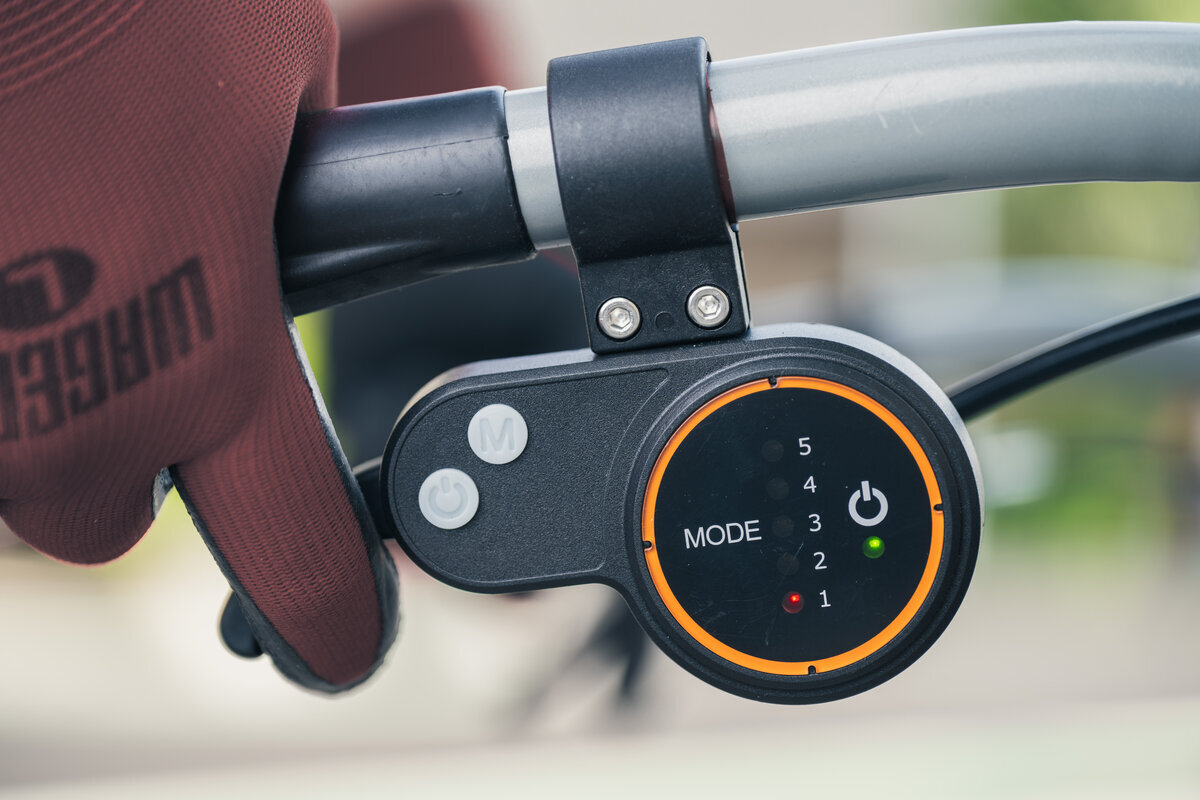
The E-cat kit will continue to evolve in the future. We plan to implement ongoing updates to make it even more adaptable to a wider range of fields and to further improve its quality.
Using the foundational technologies of motor-integrated tires and batteries, along with their control techniques, we are exploring collaborations beyond the framework of unicycles and venturing into various industries.
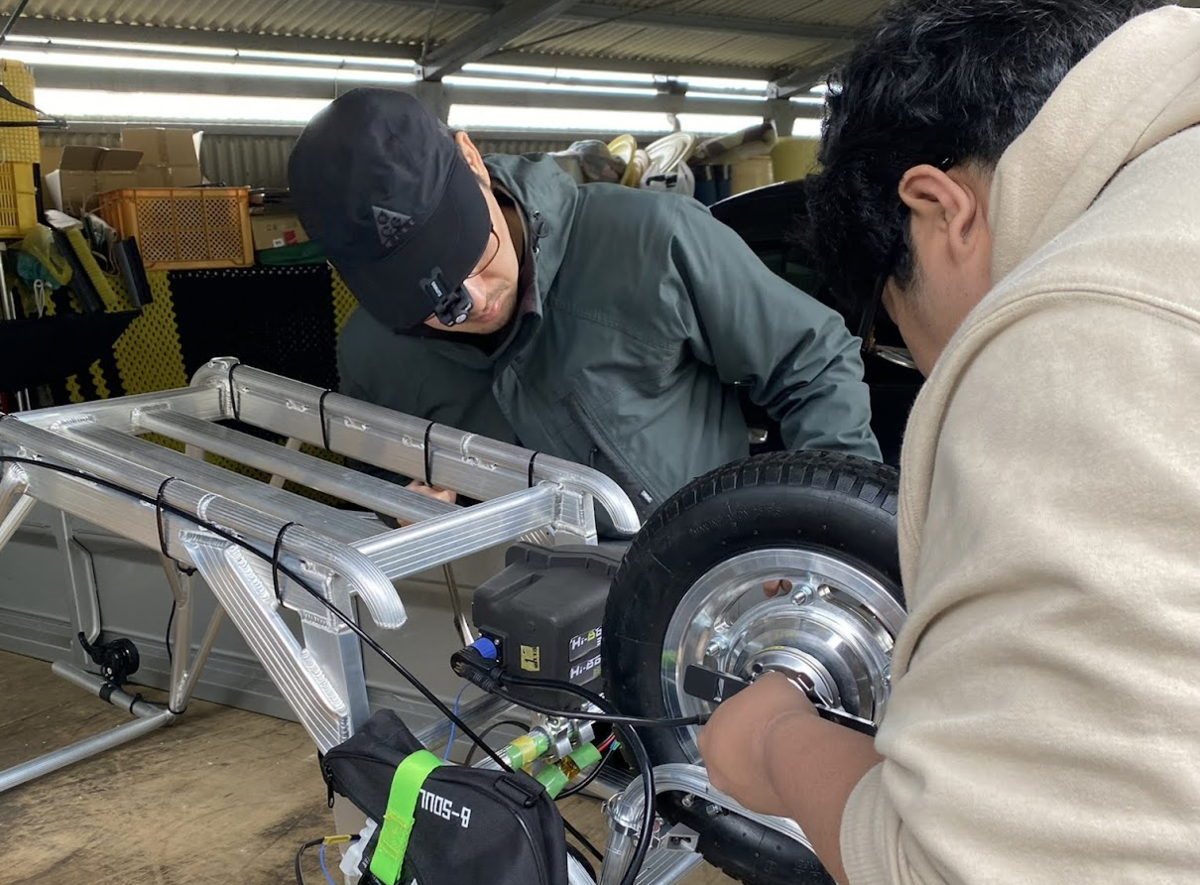
Message to Users
With E-cat kit2, we have incorporated our company's technology to an extent that far surpasses the development of the previous model. However, both the product and the company are still evolving. We simply hope you will use it to the fullest on the field.
The shortage of manpower and the call for workstyle reform have been echoing across various industries for a long time. However, automating all tasks on outdoor worksites or smaller sites like large factories or warehouses is challenging.
We believe that, first and foremost, by mechanizing tools, we can address the immediate challenges in the field like 'heavy,' 'tiring,' and 'dangerous,' and approach societal issues while being considerate of the field's needs.
We envision all industries' automation lying beyond that.
In the future, we will continue to use our technological prowess to resolve the 'tough' aspects of your field.
Please don't hesitate to send us your requests.
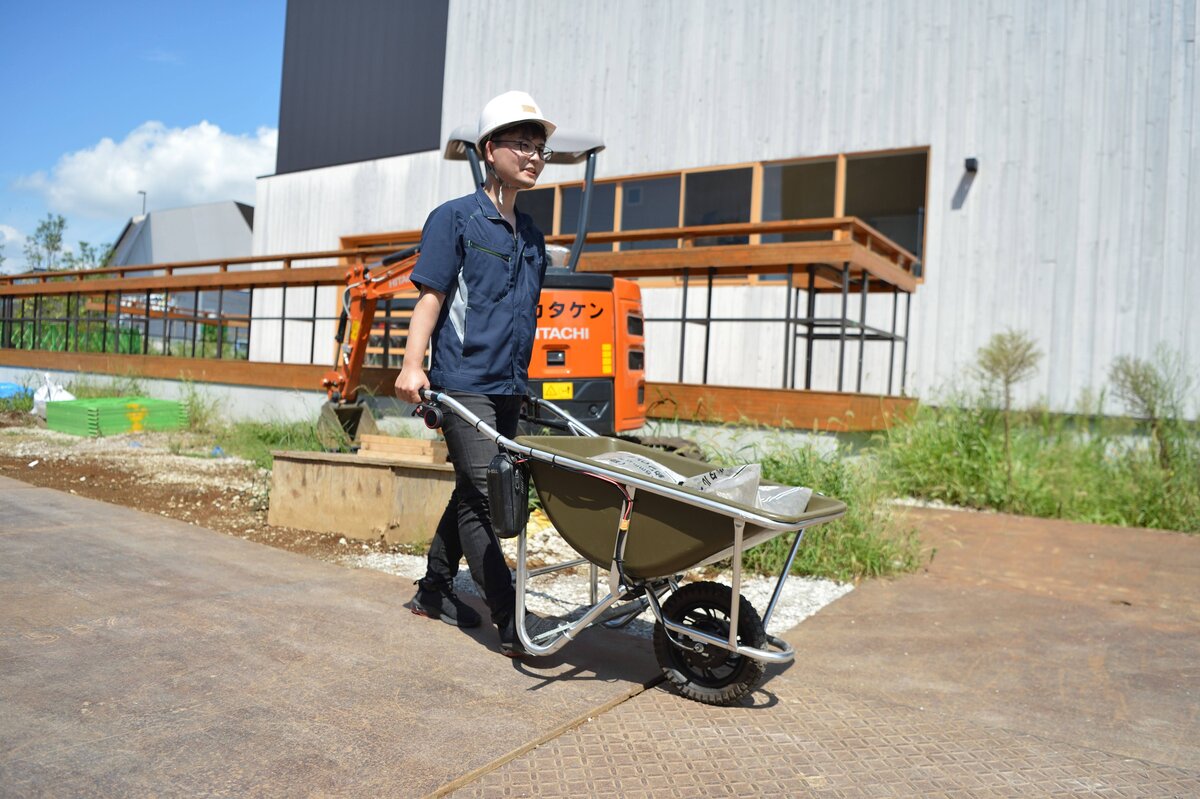
For inquiries about our products and company